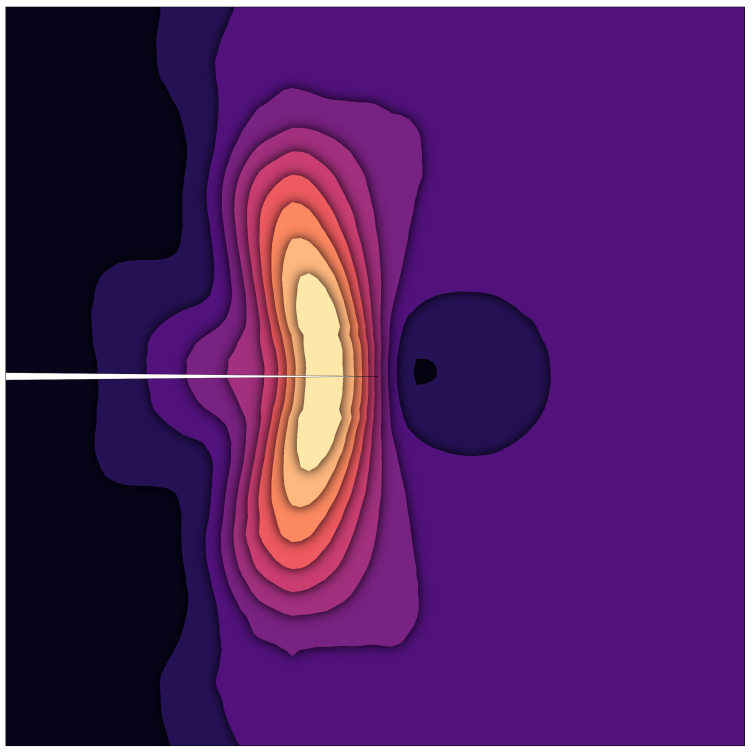Friction and Fracture
Fundamental Fracture Mechanics

Brittle and quasi-brittle materials, such as ceramics, glass, concrete, and soft materials like hydrogels, typically fail by abrupt fracture propagation. This sudden failure poses significant challenges in a variety of applications, from structural engineering to biomedical devices. Despite the great success of Linear Elastic Fracture Mechanics (LEFM) in describing the behavior of cracks in brittle materials, we still cannot predict failure accurately. LEFM effectively models the growth of existing cracks in relatively simple settings. However, the critical issues of crack nucleation and the influence of complex, non-linear material laws go beyond the fundamental assumptions of LEFM. Consequently, accurate prediction of the resistance of a material system under realistic conditions remains a significant challenge.
Our research aims to establish a more complete framework to describe fracture mechanics in complex systems and to create a fundamental understanding of the governing principles. By utilizing advanced numerical techniques such as the cohesive-element method, phase-field model, and spectral boundary integral method, we can account for relevant length scales and the transient properties of dynamic fracture propagation. Integrating our numerical work with theoretical approaches allows us to build a comprehensive understanding of fracture mechanics. Among other things, we focus on the nucleation process and non-linearities in material behavior. Through this multifaceted approach, we work towards creating predictive tools that will enable us to evaluate the strength of both old and new materials, and devise effective strategies to reduce their brittleness.
Relevant publications:
Mechanics of Friction
Friction is an interfacial interaction between solids that causes energy dissipation and significantly affects many engineering applications. Despite a long history of research on friction, we still do not fully understand the laws governing it. A key reason for this is that interfaces are rough over many orders of magnitude and are sensitive to environmental conditions such as humidity, temperature, and the presence of third bodies. Determining how various aspects contribute to the frictional response remains an open question, making it very difficult to predict and, hence, to design specific frictional properties.
In our work, we aim to establish a fundamental understanding of friction mechanics. We develop cutting-edge theoretical and numerical models to link the micro-mechanical behavior of interfaces to the macroscopic friction properties. Further, we explore strategies to modify the frictional properties of interfaces through various approaches, including those applied for meta-materials. Ultimately, our work will contribute to better predictability, control, and mitigation of friction in engineering applications across disciplines.